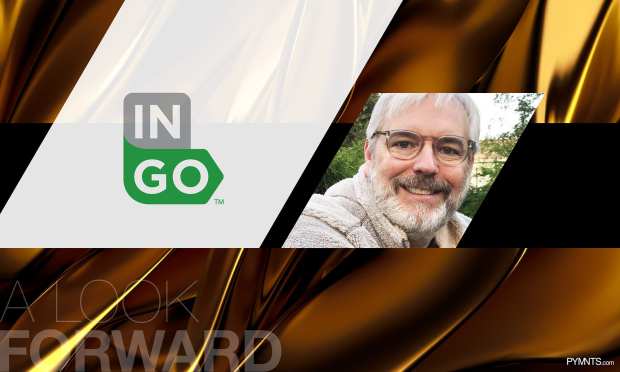Ingo Money: Banks And Fintechs, Together At Last

“If we look back at the last few years, we have been approaching a tipping point for banks and FinTechs to collaborate to bring instant digital payments to ubiquity,” says Drew Edwards, CEO of Ingo Money. “My wish for America and the world in 2021 is for banks and FinTechs, like Ingo Money, to partner together in order to fast-track the modernization of payments for the future. Read more of Edwards’ commentary in “A Look Forward: What Executives Wish for America and the World in 2021.”
As I write this, it has been reported that the first COVID-19 vaccine was just administered in the U.S. While the swift development and upcoming rollout is a very hopeful step toward the end of this pandemic, the vaccine by itself will not be enough. The economic fallout and resulting financial challenges that many Americans face still weigh heavily and will need to be addressed. From a payments perspective and how our industry might help, my wish for America and the world in 2021 is for banks and FinTechs, like Ingo Money, to partner together in order to fast-track the modernization of payments for the future.
By creating a digital disbursements experience with recipient choice, consumers and small businesses will have an ability to be paid faster and often instantly, to an account of their choosing, thereby giving them better access and control over their cash flows. If we look back at the last few years, we have been approaching a tipping point for banks and FinTechs to collaborate to bring instant digital payments to ubiquity.
The notion of faster payments took hold in 2019 when the gig economy platforms Uber and Lyft introduced the option to get paid on demand. Adoption went through the roof as many drivers, living paycheck to paycheck as many Americans do, touted the benefits of reduced financial stress and the ability to pay their bills on time. FinTechs began working directly with early adopters in the lending and insurance verticals to deliver instant payment options that could save them money, differentiate their offerings and drive customer loyalty.
Then in 2020, the coronavirus hit. Physical stores shuttered, handling cash became undesirable and we saw a massive shift toward using digital in how we shop, pay and communicate. The CARES Act resulted in the distribution of $2.2 trillion in relief, but not without major challenges. Examples included improper payments, fraud and tens of millions of people waiting weeks for paper checks to arrive. This put a major spotlight on just how antiquated the government’s disbursements infrastructure had become — and their need to modernize. All of these events point to the fact that the demand is here for a modern, digital disbursements experience.
Both government entities and businesses are asking their treasury banks for solutions. The tipping point is that we are now seeing an accelerated openness for banks and FinTechs to work together, leveraging the banks’ expertise with treasury banking and FinTech’s experience with innovation. The belief is that each party can help solve the problems of the other, and together can better solve their clients’ disbursement challenges. We already have several large bank partnerships in place, and can already see the impact as two of the nation’s largest insurance companies have moved business to these treasury banks to access true disbursements modernization.
My wish, and even a prediction for 2021, will be that this is the year more treasury banks embrace partnerships with FinTechs and start taking modern disbursement solutions to their clients that include recipient choice with ubiquity. As the world gets smaller with digital experiences connecting us all, it’s clear that a broadly available modern disbursements experience accelerates with large treasury bank interoperability, and with those banks recognizing that partnering with FinTechs is a 1 + 1 = 3 equation. Jointly, we can bring digital, instant payments to hundreds of millions of people around the world who want and need faster, more convenient access to their money.
